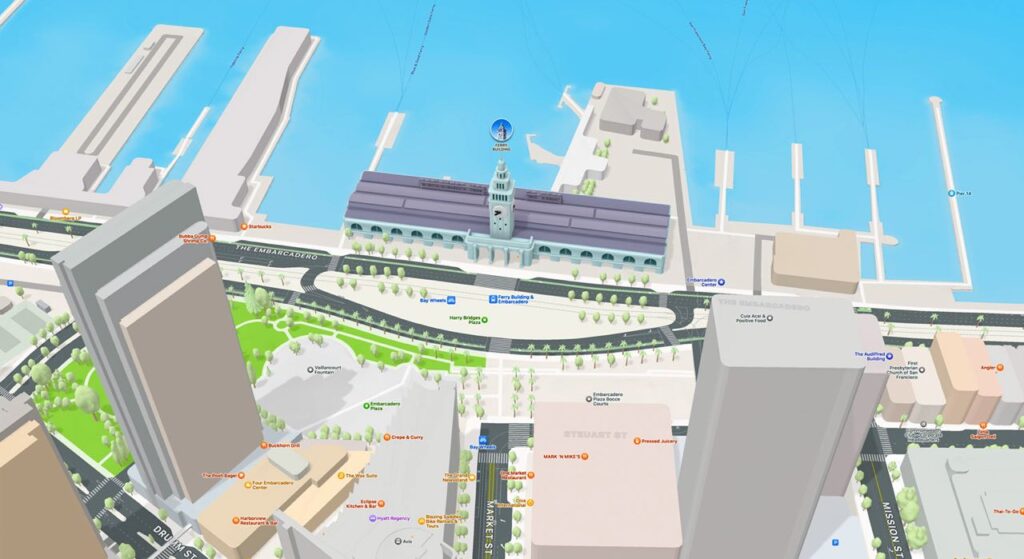- Monterey didn't cause me any problems.
- It's mostly a software engineer's release, putting a polish on the code.
- New features are subtle but useful.
Above: Apple’s new Shortcuts app for Mac.
BitDepth#1326 for November 01, 2021
The newest version of Apple’s operating system (OS) for its laptops and desktops landed on Monday and after a full backup of my working system; I jumped right in.
Nothing happened.
Apps didn’t crash. Open windows reopened on restart. Settings were retained. Life carried on as usual. Truth is, you want boring in a major system update on a production computer system.
I’ve been using a version of MacOS since System 6, which just fit on a 1.44MB floppy disk. By comparison, Monterey, version 12.01, is a startlingly hefty 12.01 GB download. I saw what you did there, Apple,.
What you get is a cosmetically different version of the previous OS, Big Sur, that isn’t even feature complete. Additional features are promised in upcoming revisions to Monterey.
It’s what I think of as a software engineer’s release, one that scrubs bugs out of the system, introduces a few low-keyed features while adding more robust support for the newest Macs, Apple Silicon powered computers in this case.
On Monday, in no coincidence at all, Apple also began selling its newest notebooks, powered by its own M1 Pro and Max processors which come preloaded with Monterey.
There have been a few of these engineer’s releases over the decades. System 7.5, System 8.6 and System 9.01 – which Steve Jobs pronounced dead with an actual coffin on stage – were some landmark OS drops from the pre-Unix days.
The rock star release of the OSX era was MacOS 10.6, Snow Leopard, the best of the big cat releases and arguably the single most stable release of OSX. It was also the last to run OS9 apps.
Snow Leopard was also an unexciting release, bringing little beyond polish and robustness to the features introduced by its predecessor Leopard, 10.5.
To this day, any Mac user who ran it remembers its performance fondly.

Monterey does offer some goodies for upgraders.
Portrait mode and a grid view for FaceTime callers is a new thing.
Many system icons and graphics get redrawn, most for the better, and the redesign of Safari’s user interface is subtle but effective.
I’m in two minds about the browser’s compact mode, which merges tabs with the address bar, because it depends on clear and identifiable favicons to distinguish between open windows when you have a lot of them open.
Many changes are almost invisible but are quite useful.
Mail, Apple’s email client, now automatically loads images and graphics in messages anonymously (I kept image auto-loading off before) to limit tracking.
A new Password system preferences pane not only lists all the passwords you’ve used (previously only found in more obscure Keychain app), it warns of vulnerability and breaches that affect your credentials.
While there are online services that track this information, having it spelled out for you by the operating system itself is chilling but also actionable.
It’s an important step forward in practical user management for your online personally identifiable information.
A new Focus feature allows you to mount a virtual do not disturb sign on your working session, silencing notifications and auto-replying to messages.

It doesn’t do time blocking like Vitamin-R and other task centering apps, but it’s a decent task tool.
Shortcuts, a feature of the iPhone and iPad, makes its way to MacOS with Monterey, offering a friendlier automation tool than Apple’s marginally used Automator, a sequential action programming tool that’s more popular in professional design workflows than in office or personal use.
If you prefer Shortcuts to Automator, you can convert existing workflows to work in the new system, though Automator itself remains available.
Under Shortcut’s colourful tiles, there’s a suite of if-then programmability that might make shared shortcuts a new productivity tool for the Mac. There really hasn’t been that much excitement in that space since the old QuicKeys went away.
Other features like Live Text (built-in optical character recognition) and Translate are also useful tools to have bundled in the OS.
If you are using version 11, Big Sur, there is no good reason not to do the upgrade, but be sure to update your mission-critical apps first and do a full backup.
For computers running older versions of the Mac OS, particularly earlier than 10.14, Mojave, proceed with caution, there are fundamental changes to the operating system starting with 10.15, Catalina.


